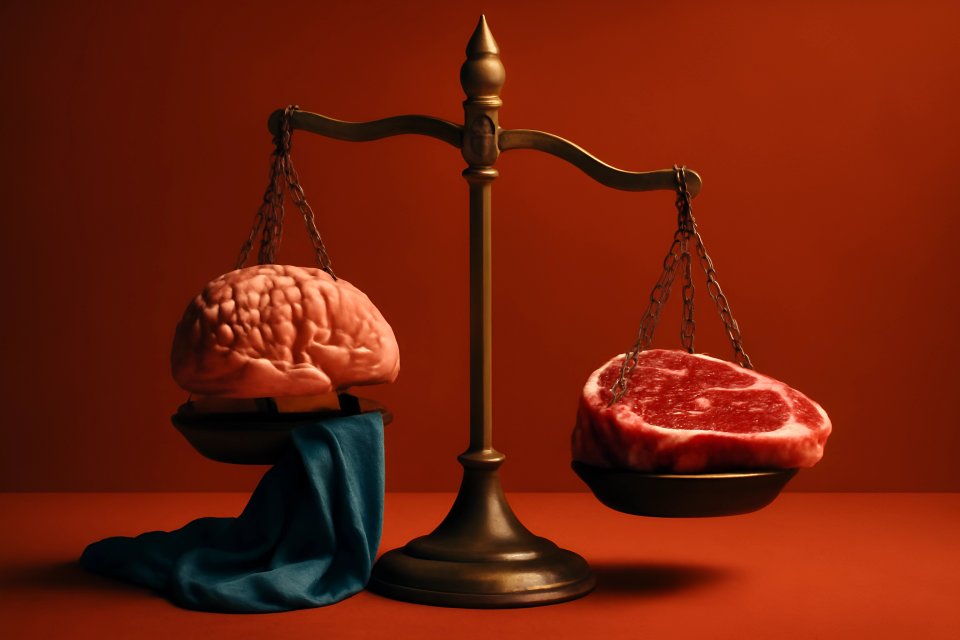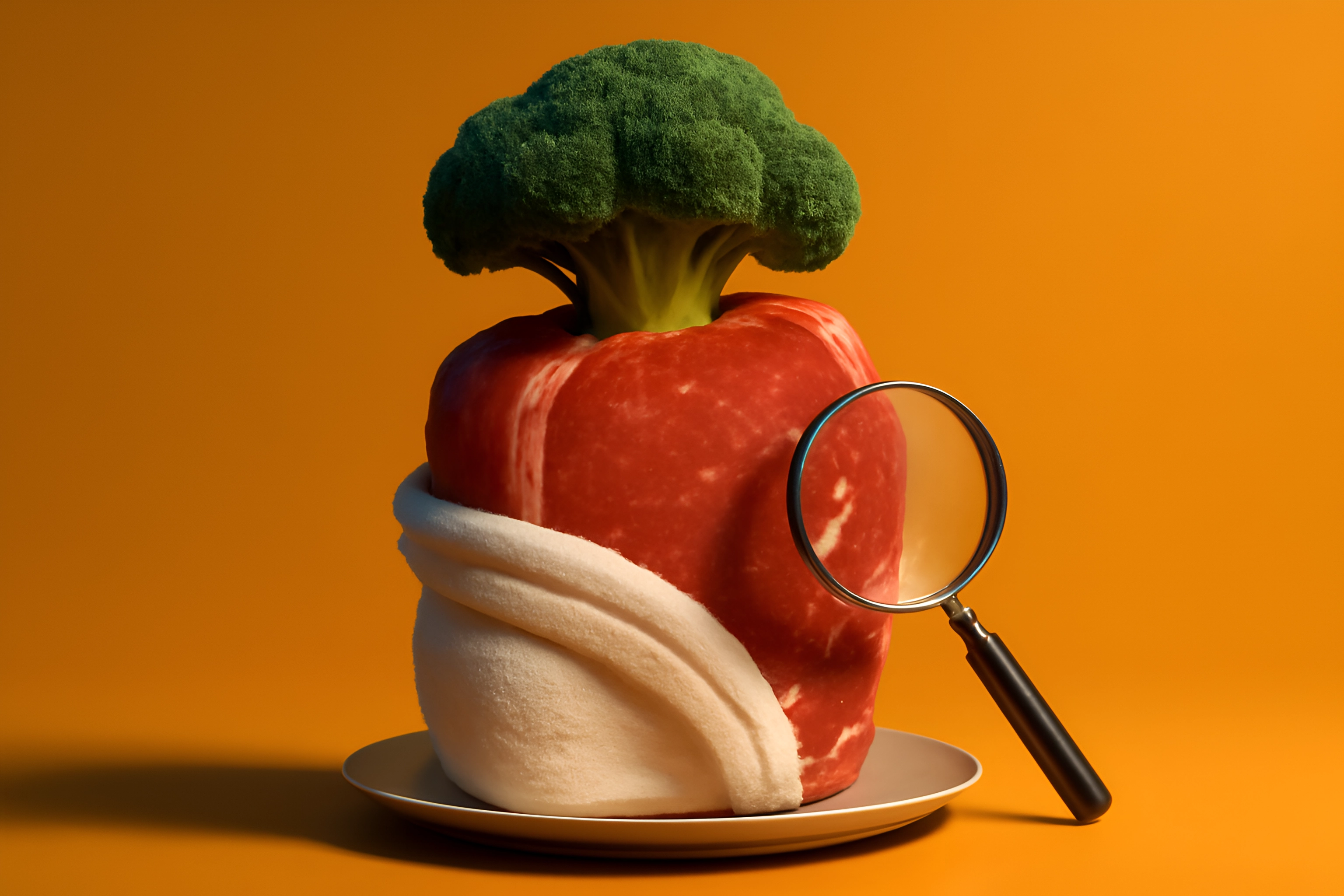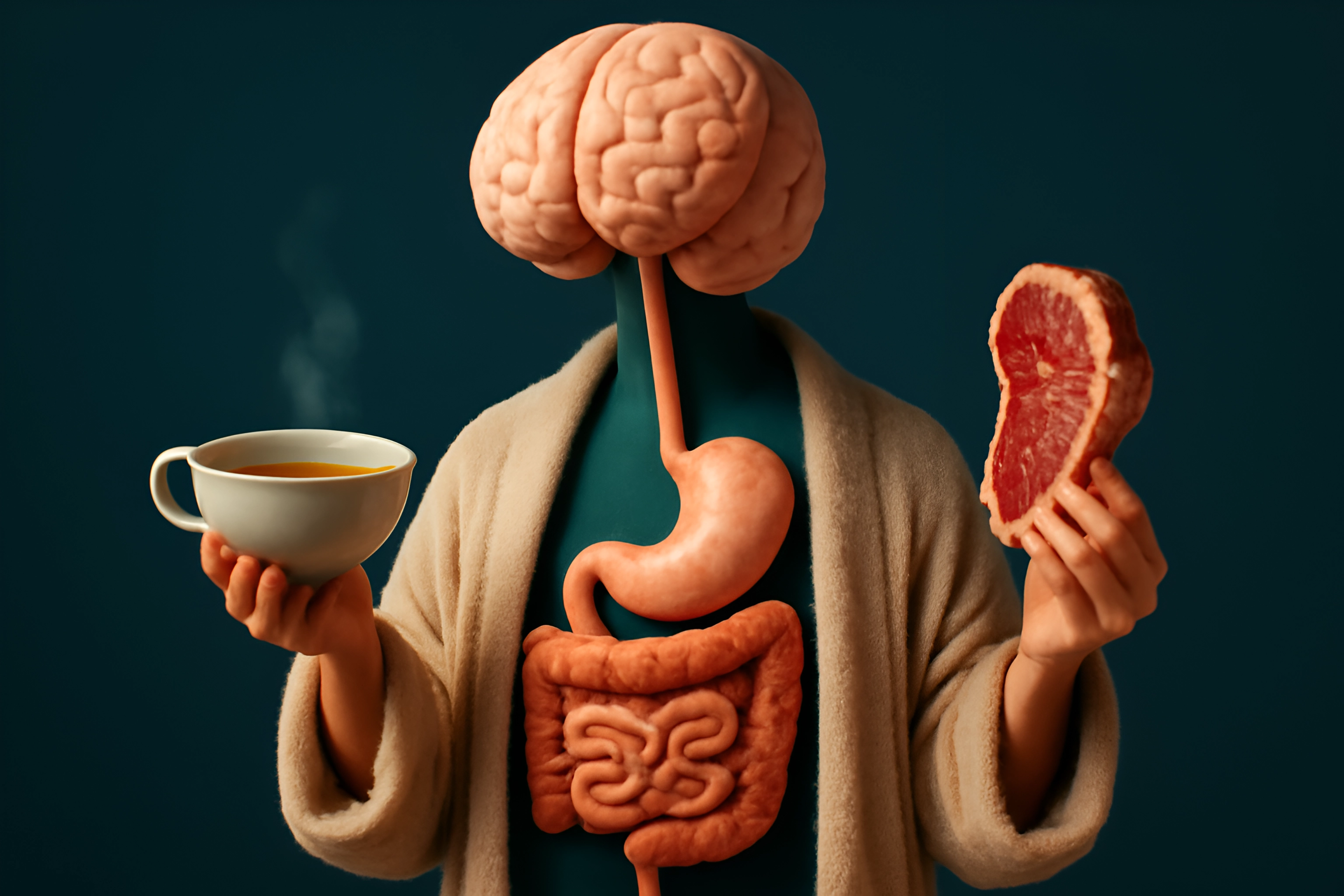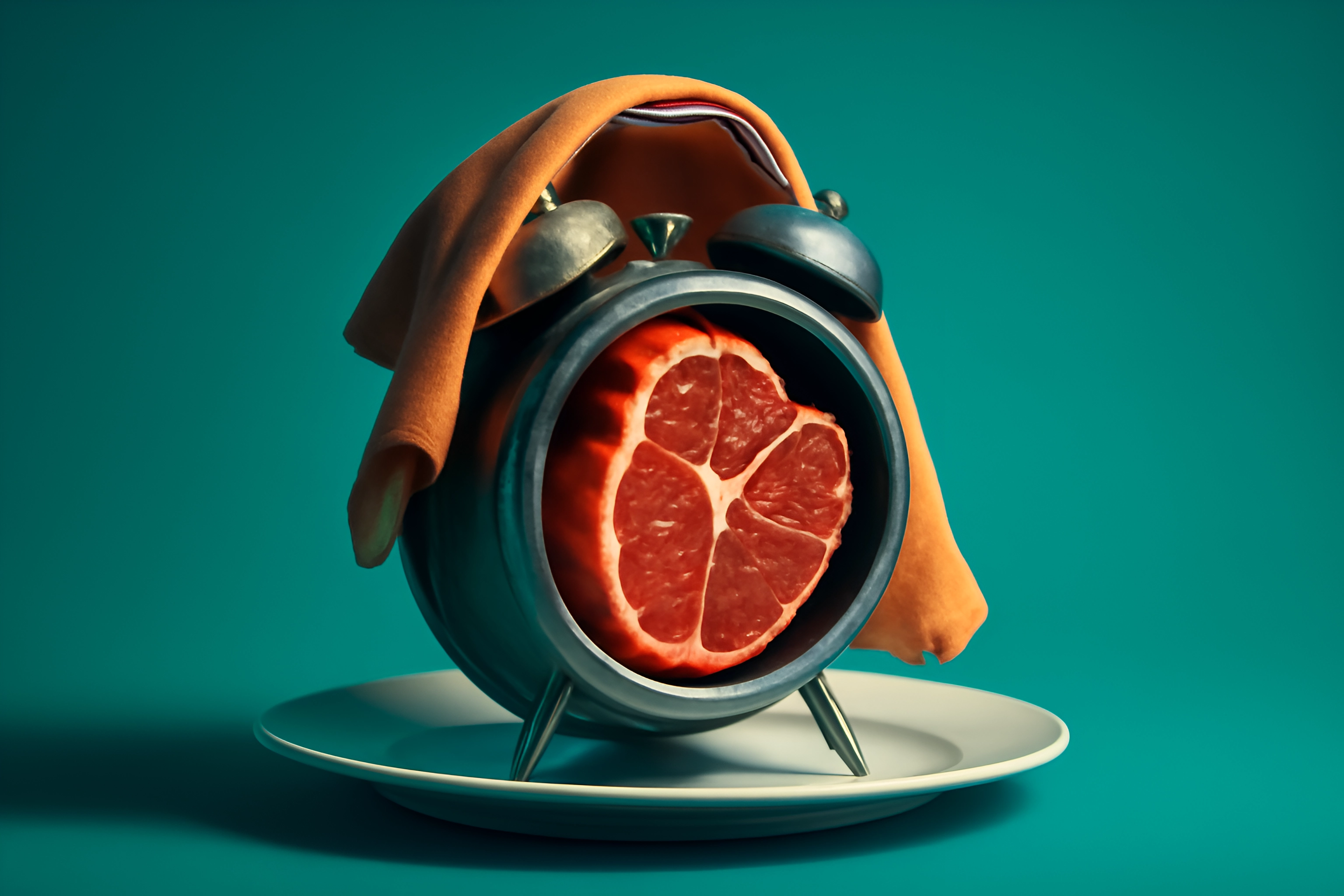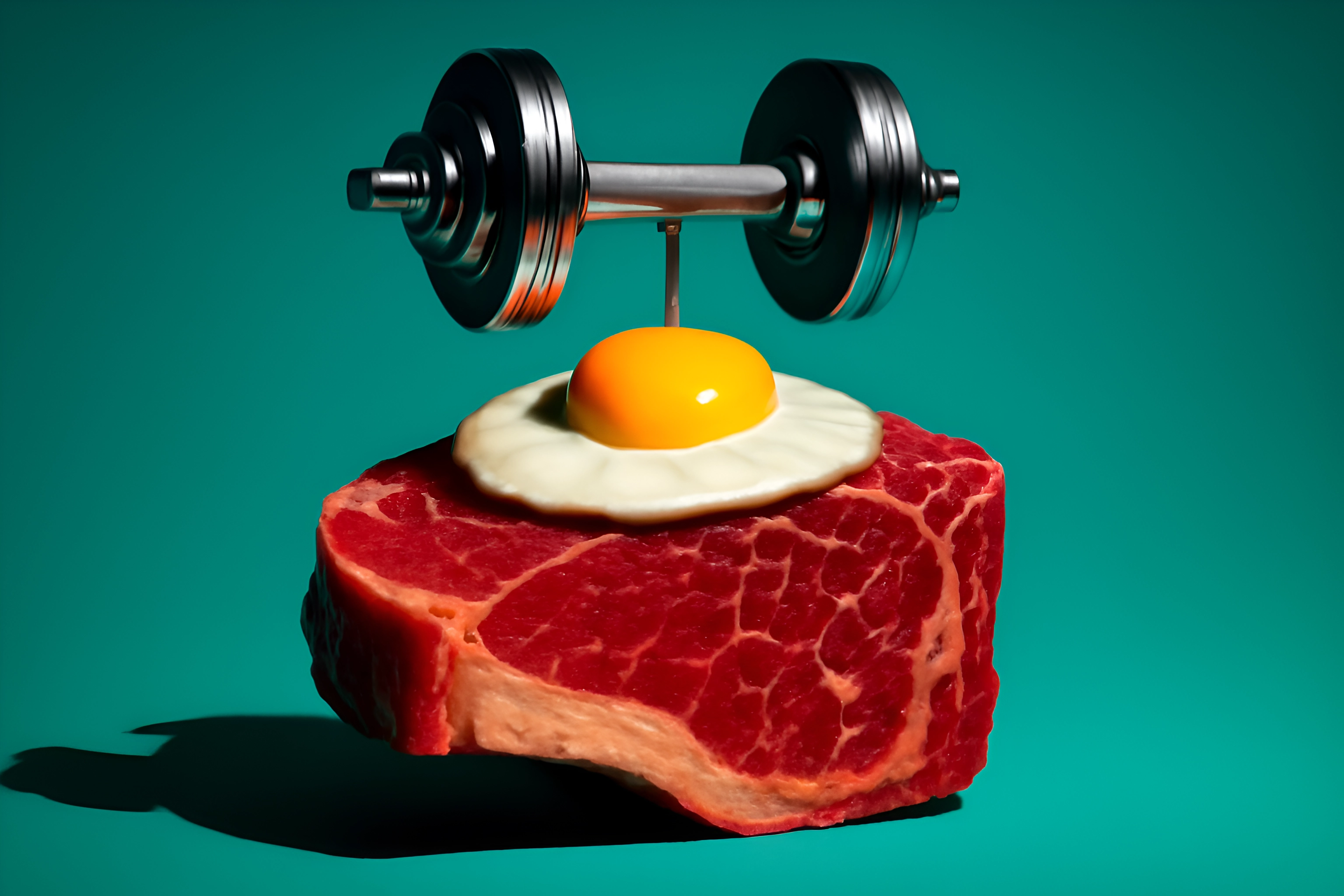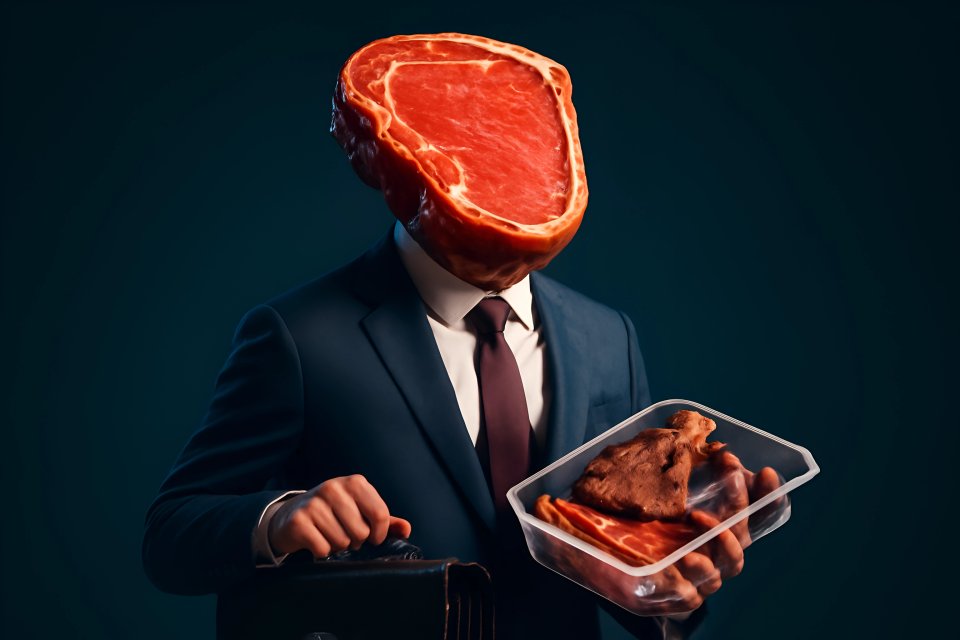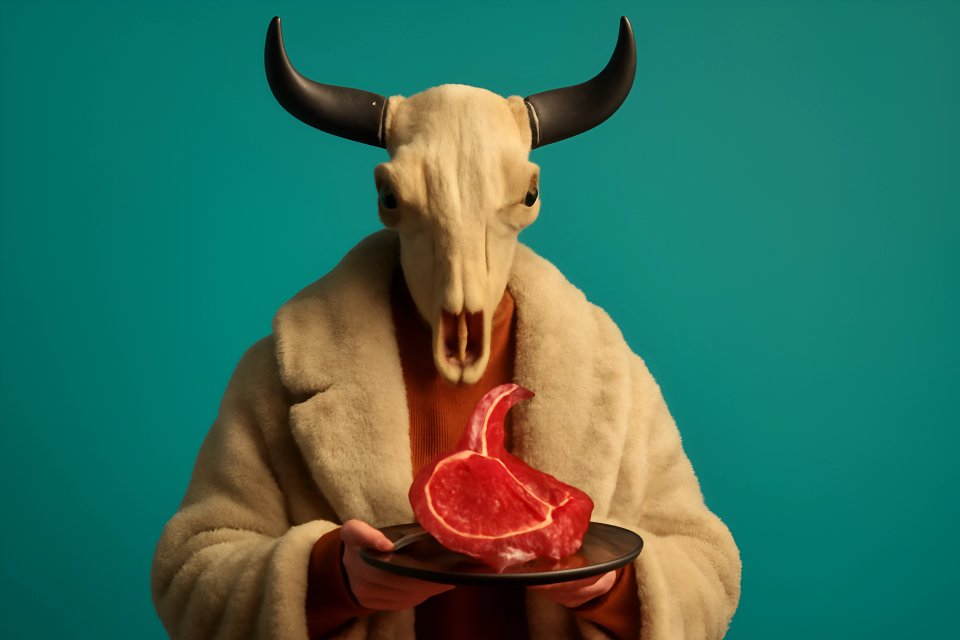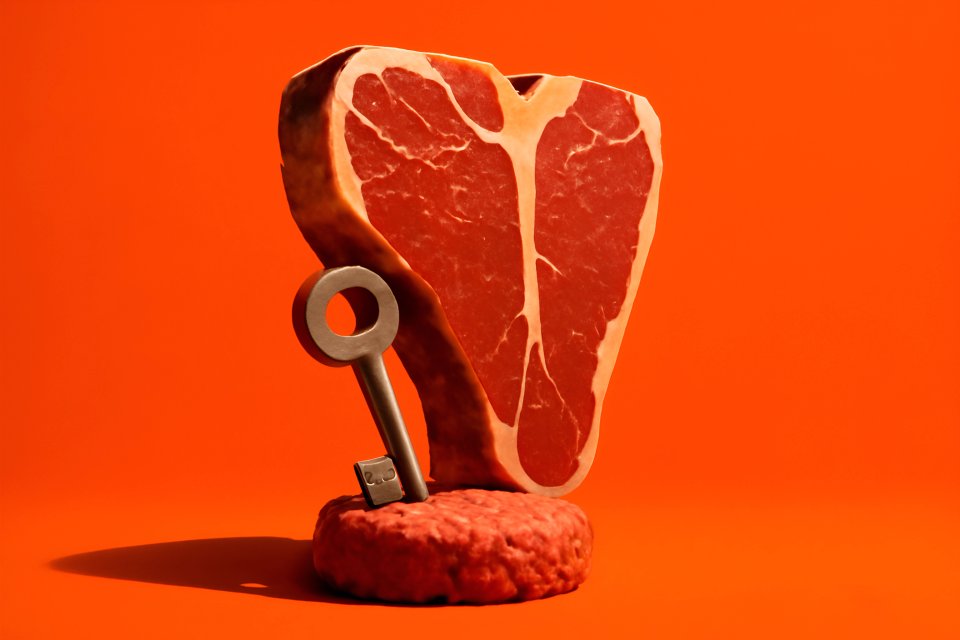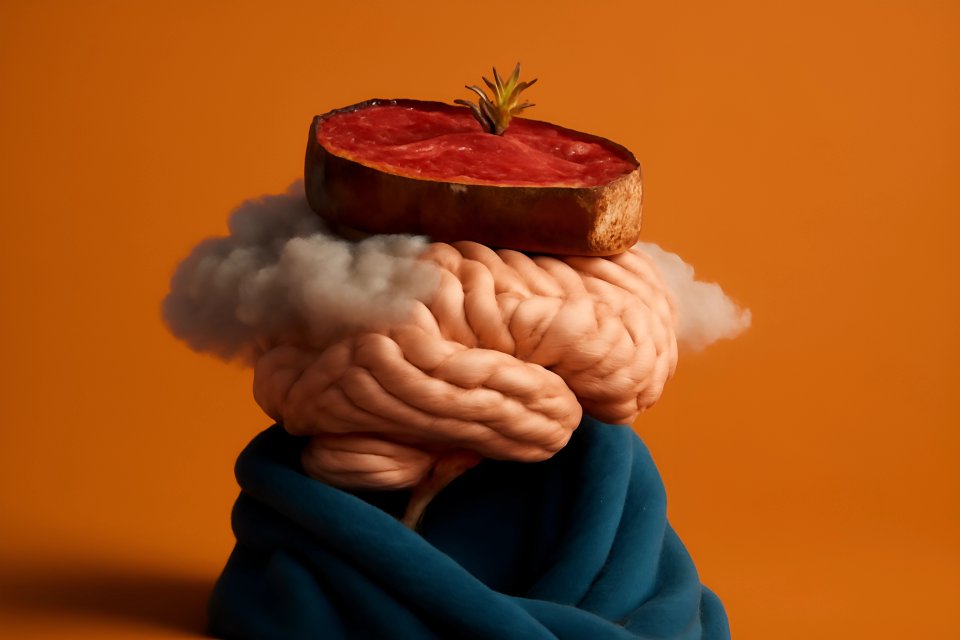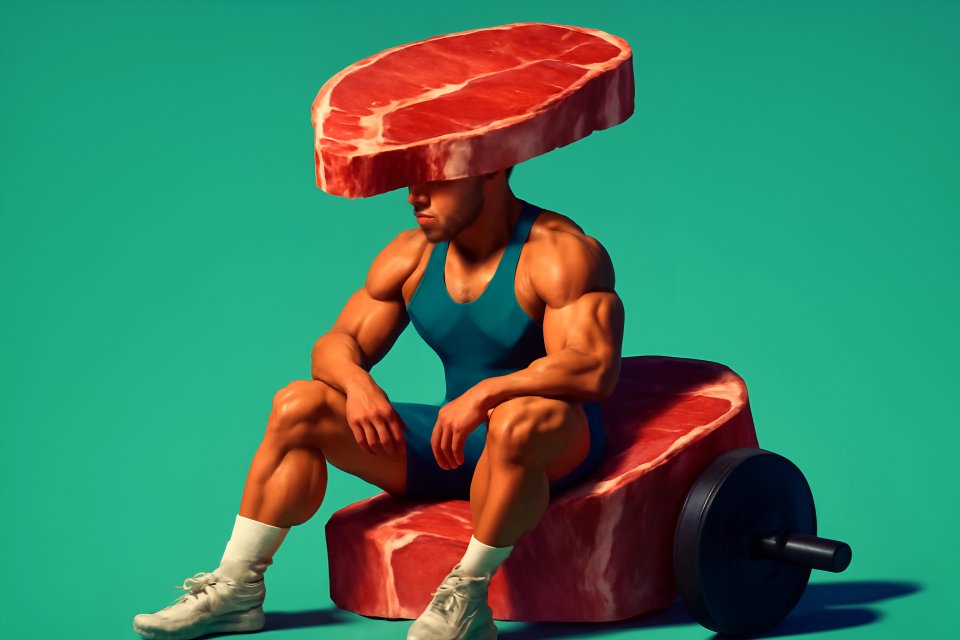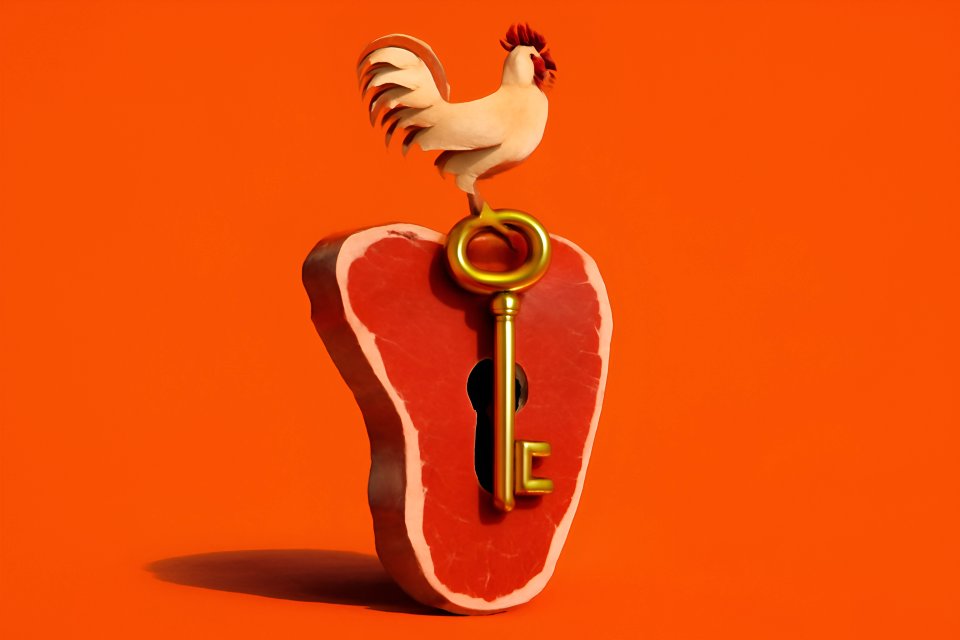
You started the carnivore diet for a reason. Maybe it was to finally escape the chronic pain, the brain fog, the digestive nightmare that had become your normal. You heard the stories, you saw the transformations, and you took the leap, trading in plants for the primal power of meat. And it worked. But now, you’re asking the next question: Is this it? Is a life of just steak and water the peak of what you can achieve?
What if I told you that the difference between simply surviving on this diet and truly thriving—unlocking radiant energy, deep healing, and unshakable health—lies in a single concept? It’s not about eating more. It’s about eating smarter. The secret is nutrient density. This isn't about restriction; it's about strategic abundance, flooding your body with the building blocks it has been starved of for years.
This article is your definitive guide to unlocking the full healing potential of animal-based nutrition. We will show you exactly how to maximize carnivore diet nutrient density for more energy, faster healing, and the kind of robust, long-term health you deserve. Forget just getting by; it’s time to build a fortress of vitality.
Why Nutrient Density is Your Most Powerful Tool for Healing
Let’s cut through the noise. Nutrient density is simply the measure of vitamins, minerals, fatty acids, and essential co-factors you get per calorie. The standard modern diet is a wasteland of empty calories, offering energy but robbing your body of the tools it needs to function. A carnivore diet, on the other hand, is the ultimate expression of nutrient density, providing the most bioavailable nutrition on the planet. As CarnivoreSnax notes, this approach allows you to eat less while getting more essential nutrients, a critical advantage for healing.
But why does this matter so much? Because every system in your body is crying out for these specific, animal-based nutrients. For gut health, you need Zinc, Vitamin A (retinol), and the collagen found in connective tissues to repair a damaged gut lining. To extinguish the fires of inflammation, you need a constant supply of Omega-3 fatty acids and fat-soluble vitamins. And for balanced hormones and boundless energy, your thyroid and adrenals depend on B vitamins, cholesterol, and specific minerals that are most abundant in animal foods.
This isn't just theory; it's the biological reality of how your body is designed to heal. While some analyses point out potential micronutrient gaps in poorly constructed carnivore diets, a well-formulated, nutrient-dense approach provides a surplus of the most critical compounds for recovery. A peer-reviewed study in PMC highlights that while some nutrients need attention, carnivore diets excel in providing B vitamins and selenium, which are instrumental in managing inflammatory conditions. The rest of this guide will give you the practical, no-BS "how-to" for building that superior diet.
The Foundation: Choosing the Most Nutrient-Dense Meats
The first step to a supercharged carnivore diet is choosing the right foundation. Not all meat is created equal. Your primary focus should be on ruminant animals—that means beef, lamb, bison, and goat. These animals have a unique digestive system that ferments plants into a powerhouse of nutrients, creating meat with a far superior fatty acid profile and higher concentrations of CLA, B12, and iron compared to monogastric animals like pork and chicken.
Next, you must unlearn a lifetime of fat-phobic dogma. Fat is your friend. In fact, it’s your most valuable asset. Fattier cuts of meat are inherently more nutrient-dense because fat is the vehicle for the most critical fat-soluble vitamins: A, D, E, and K2. Without adequate fat, you simply cannot absorb these essential nutrients. So, stop trimming the fat cap off your steak and start seeking out cuts like ribeye, chuck roast, brisket, short ribs, and 70/30 or 80/20 ground beef.
Finally, let’s talk sourcing. Is grass-fed, grass-finished beef the gold standard? Absolutely. Its nutritional superiority is not a myth. A fatty acid analysis by the Weston A. Price Foundation found that grass-fed tallow has a vastly better omega-6 to omega-3 ratio (around 1.4:1) compared to grain-fed (over 16:1), which is crucial for reducing inflammation. However, do not let perfection become the enemy of good. Conventional beef is still a million times better than processed junk food. Eat the best quality you can consistently afford, and you will still be miles ahead.
The Carnivore "Superfoods": Unlocking the Power of Organ Meats
If fatty ruminant meat is the foundation of your healing, then organ meats are the steel reinforcements. There is no single greater step you can take to create nutrient dense carnivore meals than by incorporating what our ancestors knew to be the most prized parts of the animal. Forget expensive, synthetic multivitamins; organ meats are nature’s original, perfectly formulated supplement.
Let's look at the heavy hitters. These are the non-negotiables for anyone serious about optimal health.
Beef Liver (The King)
This is the undisputed champion of nutrient density. A single serving of beef liver contains an astronomical amount of bioavailable nutrition. According to Nutrivore, just 3.5 ounces provides over 1,100% of your daily value for Vitamin B12 and nearly 300% for Biotin, making it a super nutrient-dense food for energy metabolism. It's also packed with true Vitamin A (retinol), copper, and heme iron.
Beef Heart (The Gateway Organ)
If the thought of liver makes you hesitate, start with beef heart. Its flavor and texture are remarkably similar to steak, making it the perfect "gateway organ." More importantly, it is the single best food source of Coenzyme Q10 (CoQ10), a vital compound for mitochondrial function and cardiovascular health. A serving of beef heart contains a massive 11.3 mg of CoQ10, directly supporting cellular energy production.
Kidney
Don't overlook this powerhouse. Beef kidney boasts an incredible Nutrivore Score of 2543 and is loaded with selenium, a mineral absolutely essential for proper thyroid function. It's also another fantastic source of B vitamins, delivering over 1000% of your daily B12 needs.
Getting these into your diet is easier than you think. Start small, with just an ounce a day or a few times a week. Ask your butcher to grind a small amount of liver (5-10%) directly into your ground beef—you won't even taste it. Another popular trick is to cut raw liver into small, pill-sized chunks, freeze them, and swallow them whole like supplements. And for those who truly can't stomach the taste or texture, high-quality desiccated organ supplements are a fantastic, convenient alternative to fill these crucial nutritional gaps.
Beyond the Basics: Essential Nutrient Boosters
Once you've built your foundation on fatty meat and organs, you can add a few key boosters to take your health to the next level. These foods provide unique compounds that round out your nutritional profile and accelerate healing.
First on the list is bone broth. Think of it as a liquid gut-repair elixir. When you simmer bones and connective tissue for hours, you extract collagen, gelatin, glycine, and a host of minerals. Glycine and glutamine are particularly important, as they are shown to help repair the intestinal barrier and support stomach acid production, making it a non-negotiable for anyone with digestive issues. You can easily make your own or find trusted brands.
Next are eggs, especially the yolks. Often called "nature's multivitamin," egg yolks are a powerhouse of choline (for brain health), biotin, lutein, and vitamin D. They are a perfect addition for those who tolerate them well. Then there's fatty fish, your best source of the marine omega-3s EPA and DHA. These specific fatty acids are critical for brain function and taming inflammation. Prioritize wild-caught sources like salmon, sardines, mackerel, and herring. A high-quality wild Alaskan salmon oil supplement can also be a great way to ensure you're getting enough.
Finally, do not neglect high-quality salt. When you eliminate carbohydrates, your body flushes water and electrolytes, making sodium replenishment critical. Unrefined salt (like Redmond Real Salt or Himalayan pink salt) provides not just sodium but also dozens of trace minerals. Proper salt intake is essential for preventing the "keto flu" and supporting adrenal function, ensuring your energy levels remain stable and high.
Preparation Matters: How to Cook for Maximum Nutrient Retention
How you cook your food is nearly as important as what you cook. Aggressive, high-heat cooking can destroy delicate nutrients and create harmful compounds. To get the most out of your nutrient-dense meats, you need to cook with intention.
The best methods are often low and slow. Techniques like braising, stewing, and slow-cooking are fantastic because they are gentle on heat-sensitive B vitamins and help break down tough connective tissue. This process renders the collagen into gelatin, making it more bioavailable for your joints, skin, and gut. These gentler methods also reduce the formation of potentially harmful compounds like advanced glycation end-products (AGEs).
When it comes to steaks, don't be afraid of a little pink. Cooking your steaks to rare or medium-rare helps preserve the integrity of the delicate fats and nutrients within. Avoid charring your meat to a crisp. And whatever you do, save the drippings. That rendered fat and those meat juices in the bottom of the pan are liquid gold, full of flavor and fat-soluble nutrients. Pour them right back over your meal. For the more advanced carnivore, exploring raw preparations like beef tartare or raw egg yolks can offer maximum enzyme and nutrient preservation, though this should be approached as an optional, advanced strategy.
Conclusion: Your Path to Optimal Health on the Carnivore Diet
You now hold the map. The path from merely surviving to truly thriving on the carnivore diet is paved with nutrient density. It’s not a path of restriction, but one of strategic, powerful abundance. By prioritizing fatty ruminant meat, making organ meats a weekly staple, sipping on gut-healing bone broth, and cooking your food with care, you transform this way of eating from a simple elimination diet into a potent, long-term strategy for building unshakable health.
This is how you reclaim your vitality. This is how you provide your body with the tools it has been begging for. This is how you achieve optimal health on the carnivore diet. You have the knowledge; now it's time for action.
Your challenge for this week: Pick ONE strategy from this list and implement it. Whether it's asking your butcher to grind liver into your beef, making your first batch of bone broth, or simply choosing a fattier cut of steak, take one decisive step toward a more nutrient-dense life.
What's your favorite way to get organ meats in? Share your tips in the comments below!
For more practical guides on healing with animal-based nutrition, subscribe to the HealingCarnivore newsletter.
